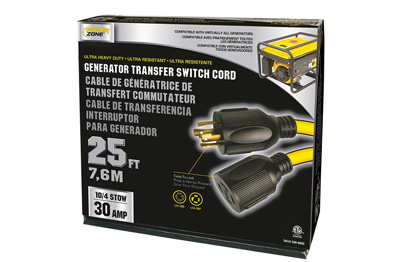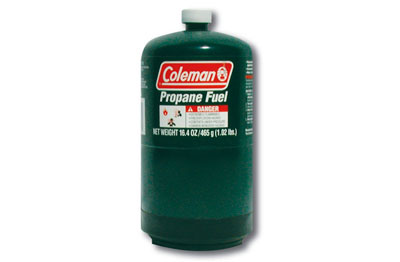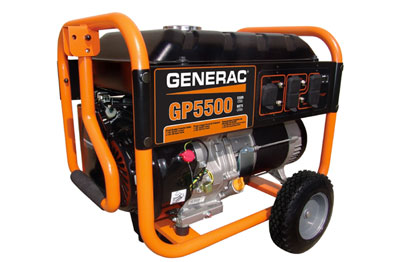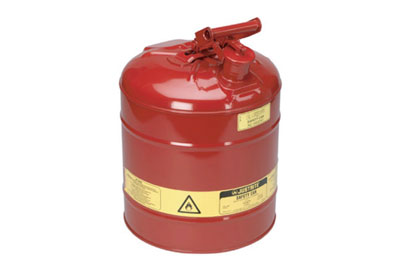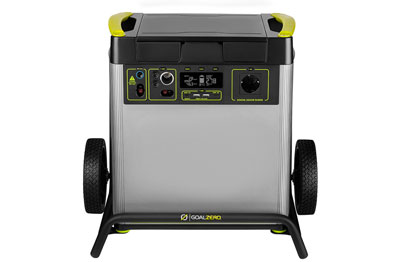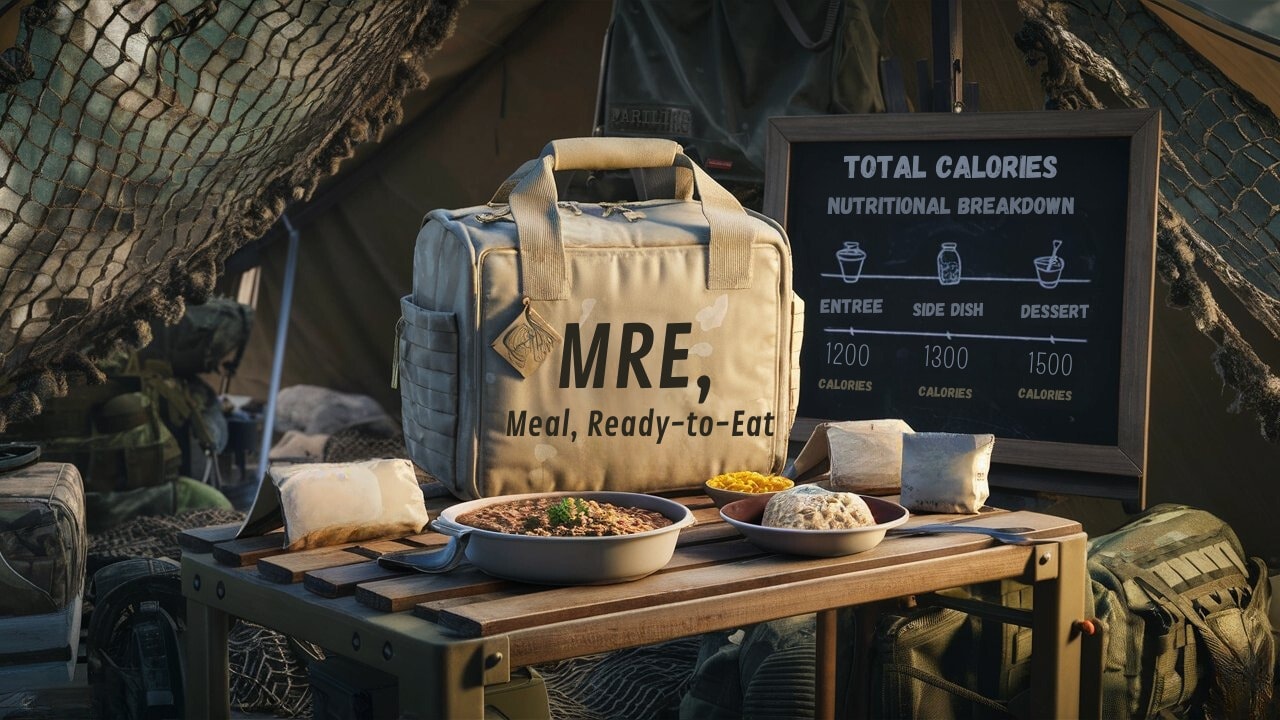
How many calories are in an MRE?saturday, August 17, 2024 Meals, Ready-to-Eat (MREs), represent a indispensable component of sustenance for military personnel, outdoor enthusiasts, extreme environments and emergency preparedness advocates. While they might not boast the culinary acclaim of gourmet meals, MREs distinguish themselves through sheer nutritional efficiency and convenience. This unique blend of attributes positions MREs as a fundamental resource in scenarios demanding resilience and energy. We have MRE's for sale here.At the heart of an MRE’s value is its calorie content, meticulously calibrated to fuel the high-energy demands of active individuals in challenging environments. MREs typically house between 1200 to 1500 calories, a range designed to meet the dietary requirements of a day’s hard labor or survival situations. This caloric density is distributed across various components, including main entrees, snacks, and desserts, ensuring a balanced intake of carbohydrates, proteins, and fats. Collaboration with the U.S. Army Research Institute of Environmental Medicine (USARIEM) and the Army Research Institute has been instrumental in updating nutrition education messages accompanying combat rations. It is to necessary consume the entire meal to get the full nutritional value.
Diving deeper, the caloric content and composition of MREs vary substantially across different types and brands, reflecting the diversity of dietary needs and preferences. From vegetarian options to hearty meat-based entrees, each MRE is crafted to offer not just sustenance but also a morale boost under strenuous conditions. The subsequent sections will uncover the intricacies of MRE calorie counts, exploring the factors influencing these variations and their implications for consumers seeking to optimize their energy resources in any scenario. What is a combat ration MREAn MRE, or Meals Ready-to-Eat, is a self-contained, individual field ration developed primarily for military personnel to consume in the field where conventional food facilities are unavailable. Engineered to withstand harsh conditions, MREs are fully cooked and can be eaten hot or cold, making them the quintessential provision for soldiers on missions, hikers on long trails, and individuals preparing for emergencies. Each package is designed to provide a full meal, with a variety of components including an entrée, side dish, dessert, bread or cracker, spread, and beverages, alongside accessory packs containing seasonings, utensils, and sometimes flameless ration heaters to warm the meal.
Research and development of the MRE began in 1959 at the Natick Soldier Research, Development, and Engineering Center. The creation of MREs marks a significant evolution in field rations, emphasizing not only the nutritional and caloric needs of extremely active individuals but also the practicalities of meal preparation in tough environments. The Combat Feeding Directorate (CFD) continuously improves MREs to meet the performance-oriented nutrition and operational mission performance demands of deployed service members. How many calories does an MRE contain
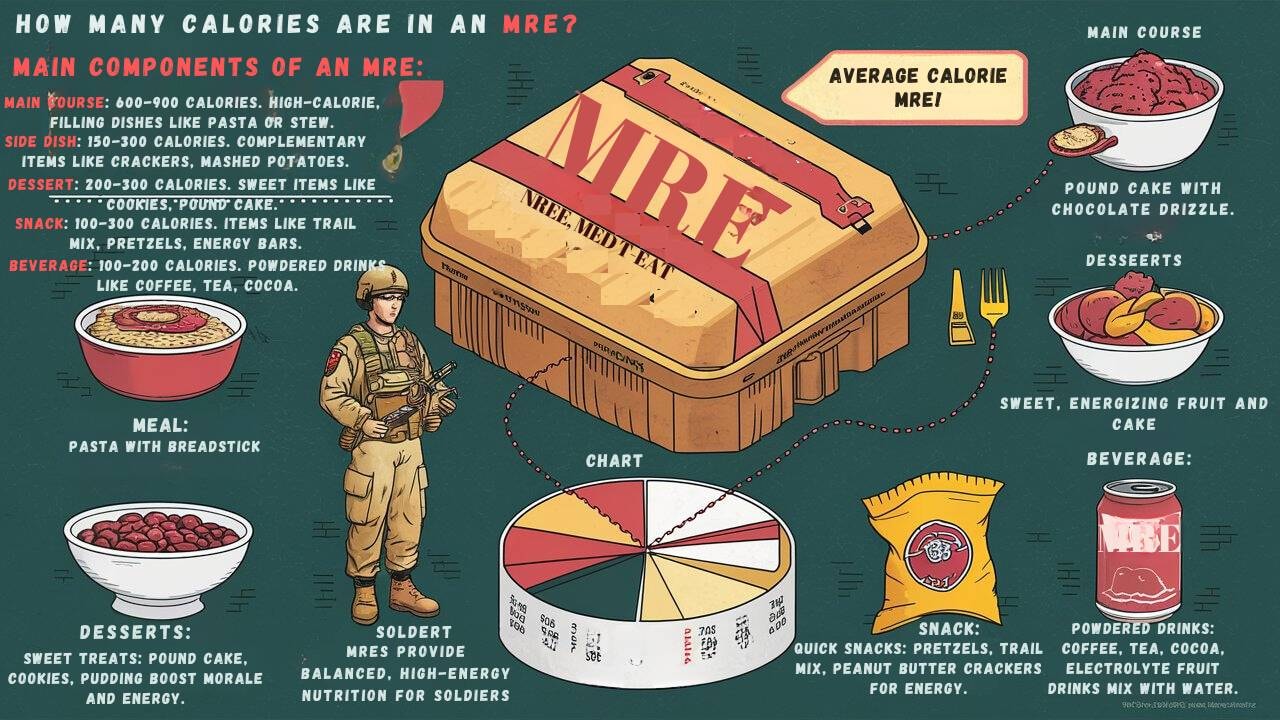 The caloric and nutritional content of an MRE is meticulously designed to sustain the energy levels of individuals in demanding situations, typically ranging between 1200 to 1500 calories. This range is strategically formulated to cater to the high-energy demands of active military personnel, adventurers, and emergency responders. Each MRE package, encompassing a balanced mix of carbohydrates, proteins, and fats, ensures a comprehensive nutritional profile to support strenuous activities. The U.S. Army Research Institute of Environmental Medicine (USARIEM) and the Defense Department's Human Performance Resource Center play a crucial role in providing nutritional information for service members in extreme environments through environmental medicine. The calorie count reflects the intent to provide a full day’s sustenance in a single package, making MREs a compact, energy-dense solution for various scenarios requiring resilience and endurance. Average calorie count: 1200-1500 caloriesMREs are designed to offer a substantial energy intake, with an average calorie count ranging from 1200 to 1500 calories. This caloric provision is in line with the goal of meeting the vigorous energy requirements and nutritional needs of service members engaged in intense physical activities or in situations where regular meals are not accessible. The 1200 to 1500 calorie range ensures that each MRE delivers enough energy to sustain an individual’s needs for a significant part of the day, making it an ideal, self-contained meal solution for a variety of demanding environments. Why MREs have high calorie content
The high calorie content in MREs is purposefully designed to match the energy expenditure of individuals in highly active roles, such as military personnel, emergency responders, and outdoor adventurers. Developed with the expertise of the Natick Soldier Research, Development and Engineering Center, these meals are engineered to compensate for the intense physical demands and limited access to regular food sources experienced in the field. By packing a dense caloric punch, MREs ensure that one can maintain energy levels and operational readiness, even under strenuous conditions.
This design philosophy underscores the critical role of MREs in survival, emergency preparedness, and field operations, where maximizing caloric intake within limited opportunities to eat is essential. The importance of shelf life in MREs ensures that their nutritional content and sensory quality remain intact, meeting the performance-oriented nutrition needs of service members over the entire shelf-life of the MRE. Designed for active service membersMREs are specifically tailored for active military personnel who require high-energy nutrition to sustain their performance in the field. The demanding nature of military operations necessitates a diet that can support prolonged physical activity and cognitive alertness. MREs fulfill this requirement by providing a balanced mix of macronutrients, ensuring soldiers have the energy needed for their duties. A senior food technologist plays a major role in improving the nutritional value of MREs, focusing on enhancing their performance-oriented aspects. Compensates for high-energy, high intensity combat operationsThe calorie-dense nature of MREs and other combat rations compensates for the increased energy expenditures associated with high-energy field activities, not just in military contexts but also among hikers, climbers, and emergency responders. These activities demand significant caloric intake to maintain endurance and strength over extended periods. MREs offer a practical solution, delivering the necessary calories and nutrients to support these intense physical efforts. Variations in calorie content among MREs
The calorie content in
MREs can greatly vary, influenced by factors such as the type of entrée, the inclusion of snack and side items, and the specific dietary focus of the meal, such as vegetarian or meat-based options. This variation in military rations is designed to meet the increased nutritional needs of service members during demanding operations, ensuring that individuals can select MREs that best suit their energy requirements and taste preferences. For instance, breakfast MREs might contain different calorie counts compared to lunch or dinner options, reflecting the typical daily energy expenditure pattern.
Factors affecting calorie count
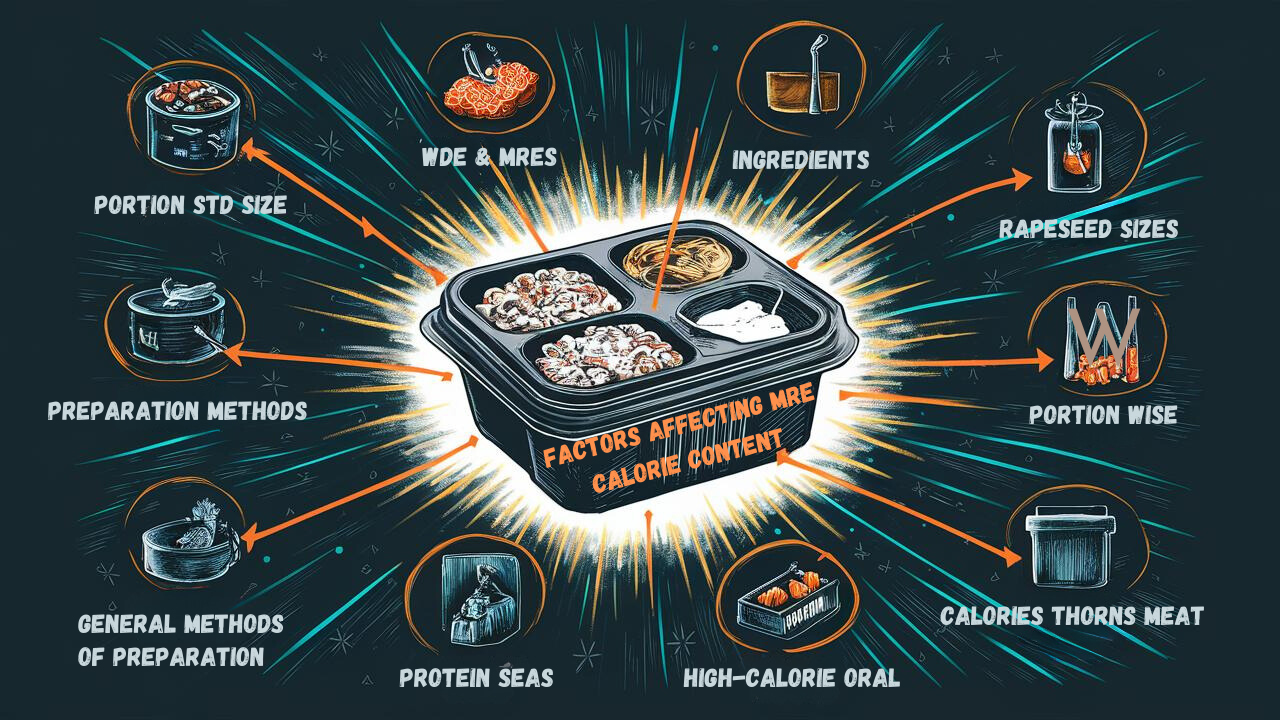 Several factors influence the calorie count in MREs, including the continuous development of new food items, the meal’s composition, the specific ingredients used, and the nutritional goals it aims to meet. These variables enable MREs can adapt to varied dietary requirements and energy needs. Type of entrees
The main entree in an MRE, which is a fundamental component of operational rations provided to the U.S. Military Services, plays a significant role in determining its overall calorie content. Options range from high-protein meats to lighter vegetarian dishes, each contributing differently to the meal’s caloric total. Snack and side items
Snacks and side items, such as nuts, dried fruits, or chocolate, add to the calorie count of an MRE. Their inclusion is strategic, aimed at boosting energy levels and providing variety in taste and texture. The minimum shelf life of these MREs ensures that the nutritional content and sensory quality do not degrade too quickly, meeting the performance-oriented nutrition needs of service members in the field over the entire shelf-life of the product. Examples of calorie variationsVegetarian options vs. meat options
Breakfast MREs vs. lunch/dinner MREs
Importance of calorie content in MREs for consumers
Understanding the calorie content of MREs is mandatory for consumers, particularly those engaging in high-energy activities or facing emergency situations. Service members play a significant role in providing feedback and satisfaction in the development of MREs, ensuring they meet the dietary needs and preferences of those in combat or field conditions. The right caloric intake ensures individuals can meet their dietary needs, maintain energy levels, and sustain physical performance over extended periods of time. For outdoor adventurers, soldiers, and emergency responders, selecting MREs with appropriate calorie content is important for endurance and survival. The calorie content in MREs is necessary for individuals to meet their dietary needs, particularly when traditional food sources are not available. By providing a balance of nutrients and calories, MREs help sustain health and energy levels, supporting physical exertion and cognitive function. For those with specific dietary restrictions, such as low-sodium or gluten-free diets, certain MREs are designed to accommodate these needs, offering options that provide everyone has access to meals that suit their health requirements. The Combat Feeding Directorate (CFD) plays a major role in developing and continuously improving MREs to meet the nutritional standards and operational mission performance demands of deployed service members.
Consumers can select MREs based on their caloric needs or dietary restrictions by reviewing nutritional labels and ingredient lists provided with each MRE package. Planning for outdoor activitiesFor those planning outdoor activities such as hiking, camping, or mountaineering, understanding the calorie content of MREs is mandatory. It allows adventurers to select meals that will adequately fuel their activities, ensuring they have the necessary energy to tackle challenges and enjoy their experiences to the fullest. Calculating the number of calories needed can be based on the type of activity and its duration; for instance, a day of heavy hiking might require MREs totaling 3,000 calories, while a more leisurely camping trip might only need 2,000 calories per day. This planning ensures individuals carry enough food to meet their energy needs without overburdening their packs. The Army Research Institute collaborates with the U.S. Army Research Institute of Environmental Medicine (USARIEM) to update nutrition education messages accompanying combat rations and to provide real-time nutritional information to service members. Emergency preparednessIn emergency situations, where access to food might be limited, the high calorie content of MREs becomes imperatively important. They serve as a reliable food source that can sustain individuals and families until normalcy is restored, making them a cornerstone of emergency preparedness plans. For effective emergency preparedness, it is advised to store at least three days’ worth of MREs per person, based on an average intake of 1,200 to 1,500 calories per meal. This ensures that, in the event of a disaster, there is sufficient food to meet the caloric needs of each individual, providing peace of mind and security in uncertain times. Additionally, environmental medicine plays a major role in empowering service members to make appropriate performance-oriented nutrition choices, aiding in fueling for performance. |




